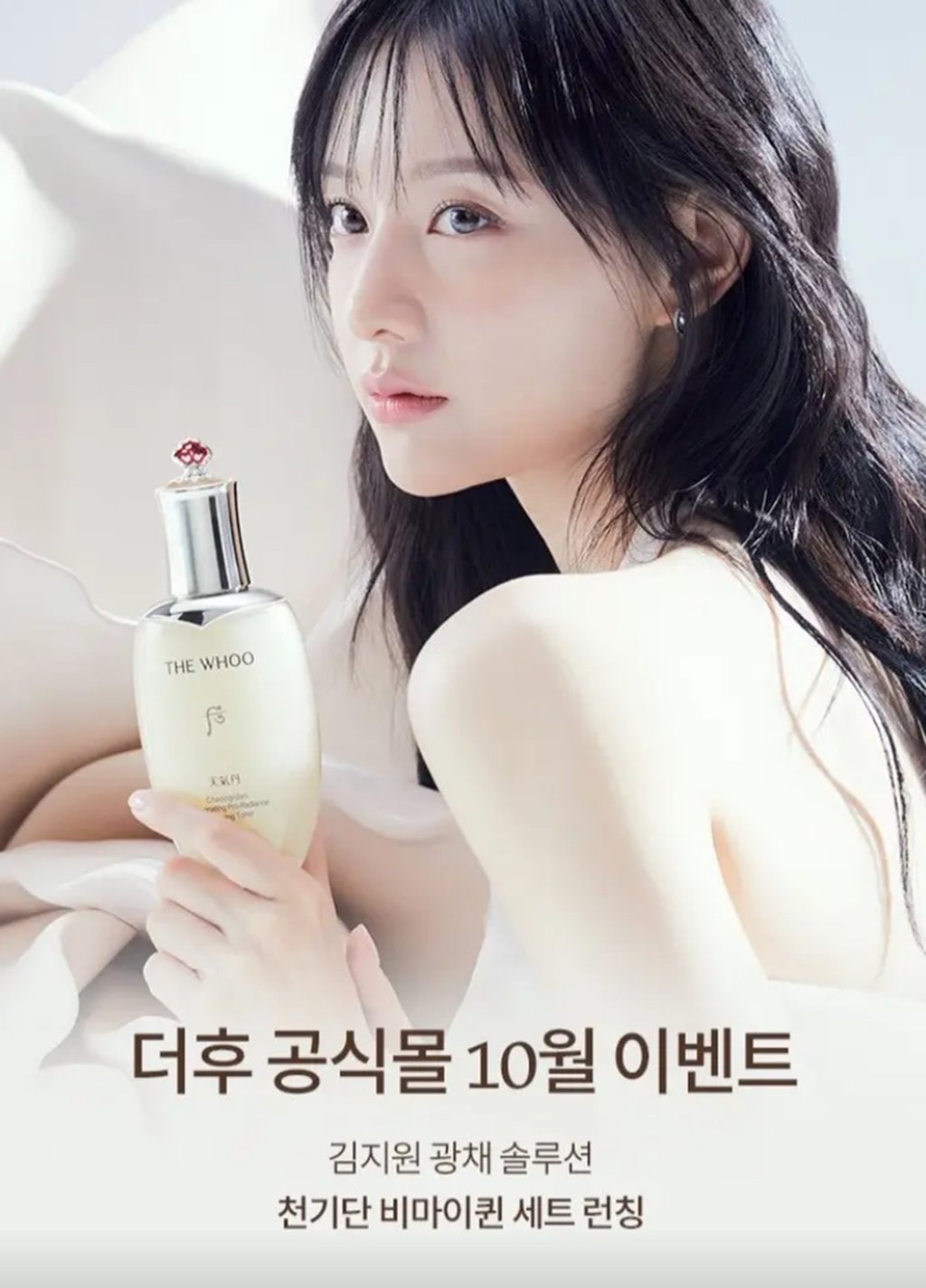From cosmetics to cuisine: how Korean influence is reflected in Chinese consumer tastes
Korean food is booming in China, with rising exports of ramyeon and rice-based products, while cosmetics face declining market share

Zhao Siqi’s outlook on Korean products has evolved. The 28-year-old financial services worker in Shanghai is partial to “History of Whoo”, a cosmetics brand endorsed by Kim Ji-won, the star behind TV dramas such as Descendants of the Sun and The Heirs.
But it is Korean food that Zhao craves more. Whenever she is in the mood for something spicy, she turns to ramyeon, the Korean version of instant noodles.
The same is true about her friend Ashley Sun. The 23-year-old university graduate student was introduced to Buldak Bokkeum-Myeon, the spicy instant noodles endorsed by Korean girl group (G)I-DLE.
“China has a well-established market for K-food products,” said Sunny Moon, research manager at Euromonitor International. “The trend is not limited to food alone. The environment and atmosphere portrayed in K-dramas – such as street food scenes featuring tteokbokki, corn dogs, dakgangjeong, the sweet and spicy fried chicken – are being commercialised.”

In 2017, Korean beauty products had the largest share of the Chinese cosmetics market among foreign brands, according to a report by South Korean media. Three years later, Korean brands’ share of cosmetics fell to fourth following Beijing’s restrictions on exports from its neighbour. Last year, their share decreased to 14.2 per cent from 27 per cent in 2017.
